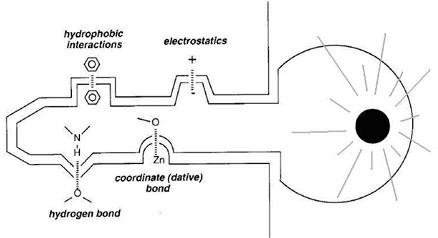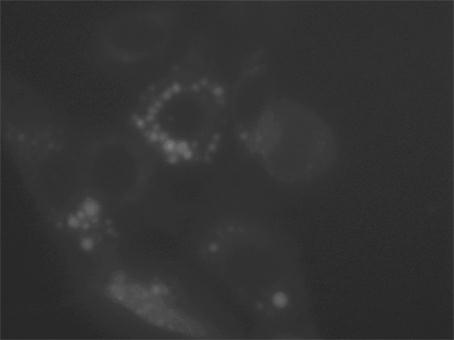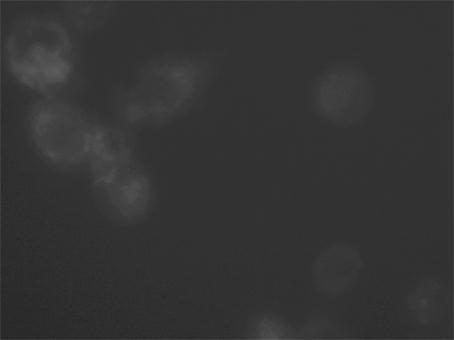Novel fluorescent molecular probe and application thereof
A fluorescent molecular probe, a new type of technology, used in fluorescence/phosphorescence, material excitation analysis, organic chemistry, etc., can solve the problems of complex synthesis steps, unsuitable for industrialization, and lack of price competitiveness, and achieve high selectivity and The effect of sensitivity
- Summary
- Abstract
- Description
- Claims
- Application Information
AI Technical Summary
Problems solved by technology
Method used
Image
Examples
Embodiment 1
[0026] In this embodiment, the fluorescent molecular probe has the following molecular structural formula:
[0027]
[0028] Hg in solution by fluorescence method 2+ For selective recognition and determination: the fluorescent molecular probe was used at a concentration of 20 μM and 3 μM Hg 2+ Dispersed in dimethyl sulfoxide-water (volume ratio 1:9), incubated with mouse fibroblasts, observed with a Nikon Eclipse TE2000-5 fluorescence microscope (254nm excitation) and collected as follows: figure 2 Fluorescent images shown.
Embodiment 2
[0030] This example uses the same fluorescent molecular probe as that of Example 1.
[0031] The fluorescent molecular probe was treated with a concentration of 20 μM and 1 μM Hg 2+ Dispersed in dimethyl sulfoxide-water (volume ratio 1:9), incubated with mouse fibroblasts, observed with a Nikon Eclipse TE2000-5 fluorescence microscope (254nm excitation) and collected as follows: image 3 Fluorescent images shown.
Embodiment 3
[0033] In this embodiment, the fluorescent molecular probe has the following molecular structural formula:
[0034]
[0035] The fluorescent molecular probe at a concentration of 20 μM and 3 μM Hg 2+ Dispersed in dimethyl sulfoxide-water (volume ratio 1:9), incubated with mouse fibroblasts, observed with a Nikon Eclipse TE2000-5 fluorescence microscope (254nm excitation) and collected as follows: Figure 4 Fluorescent images shown.
PUM
 Login to View More
Login to View More Abstract
Description
Claims
Application Information
 Login to View More
Login to View More - R&D
- Intellectual Property
- Life Sciences
- Materials
- Tech Scout
- Unparalleled Data Quality
- Higher Quality Content
- 60% Fewer Hallucinations
Browse by: Latest US Patents, China's latest patents, Technical Efficacy Thesaurus, Application Domain, Technology Topic, Popular Technical Reports.
© 2025 PatSnap. All rights reserved.Legal|Privacy policy|Modern Slavery Act Transparency Statement|Sitemap|About US| Contact US: help@patsnap.com



